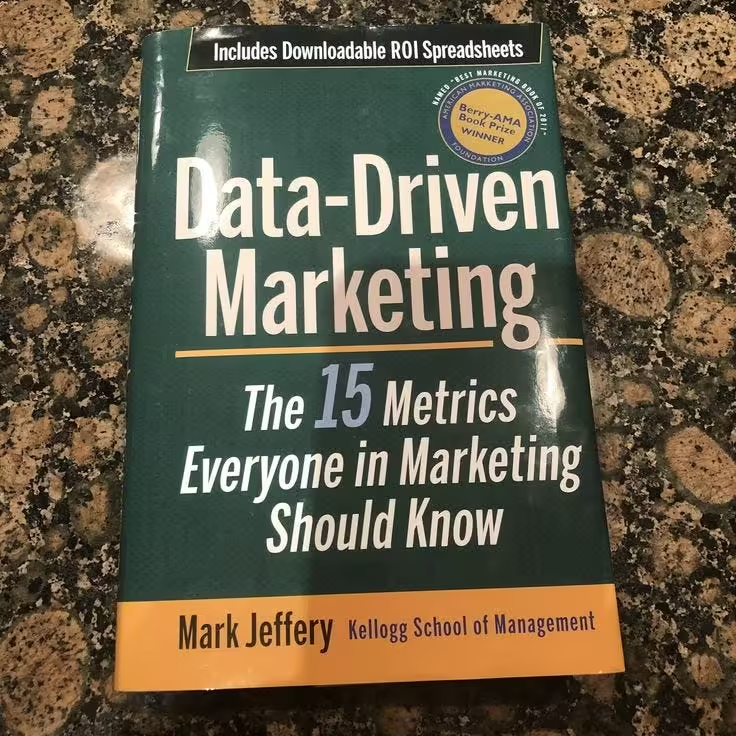In the ever-evolving landscape of marketing, where data reigns supreme, understanding and leveraging key metrics are paramount to success. Mark Jeffery’s “Data-Driven Marketing: The 15 Metrics Everyone in Marketing Should Know” serves as a guiding beacon for marketers navigating the complex realm of data analytics. This article delves into the essential lessons we can glean from this insightful book and explores how mastering these metrics can transform marketing strategies and drive business growth.

The Power of Data-Driven Decision Making
Mark Jeffery’s book emphasizes the transformative impact of data-driven decision-making in marketing. By relying on concrete metrics, marketers can move beyond gut feelings and intuition, making informed choices that are rooted in measurable results. The author argues that a data-driven approach not only enhances marketing effectiveness but also enables businesses to adapt to changing market conditions with agility.
“Data-Driven Marketing” by Mark Jeffery serves as an indispensable guide for marketers navigating the intricacies of the data-driven landscape. By delving into these 15 key metrics, marketers gain a comprehensive toolkit to measure, analyze, and optimize their strategies. The book’s emphasis on informed decision-making, efficiency, and customer-centricity aligns with the evolving demands of the digital age.
As businesses strive to stay competitive and relevant, the insights provided by Jeffery offer a roadmap for harnessing the power of data to drive marketing success. By incorporating these metrics into their arsenal, marketers can not only measure the impact of their efforts but also refine and adapt their strategies for sustained growth and customer satisfaction. “Data-Driven Marketing” stands as a testament to the transformative potential of leveraging data to propel marketing endeavors into a new era of effectiveness and efficiency.
Akshat’s passion for marketing and dedication to helping others has been the driving force behind AkshatSinghBisht.com. Known for his insightful perspectives, practical advice, and unwavering commitment to his audience, Akshat is a trusted voice in the marketing community.
If you have any questions simply use the following contact details.
